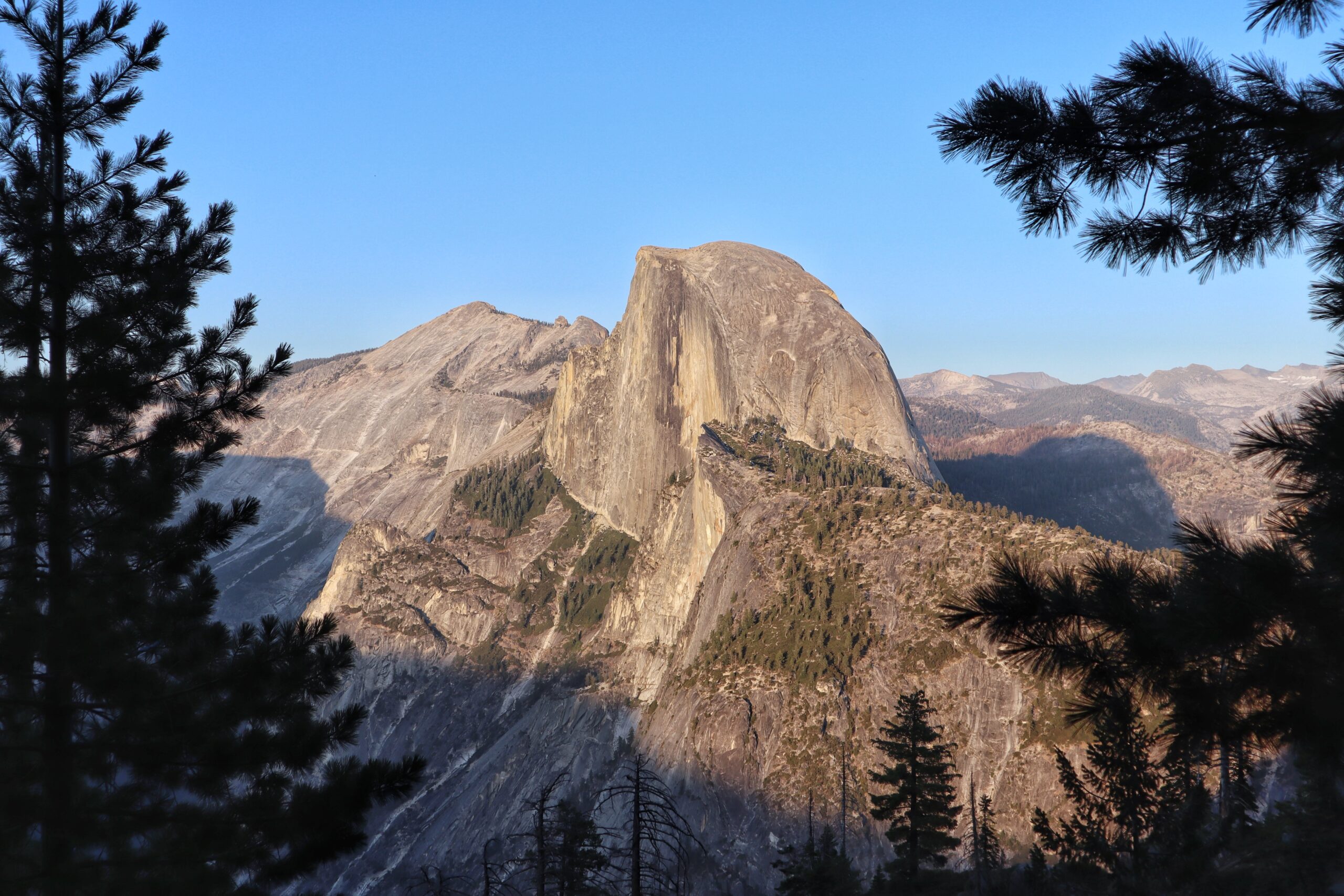This article was originally published in The Hill.
“For too long, our national jewels have been neglected,” then-Vice President Joe Biden said while visiting Yellowstone National Park in 2010. “We’re beginning to polish, once again, these national jewels,” he added, in reference to a $750 million stimulus package from the Obama administration aimed at park repairs and improvements.
Yet, a decade later, leaking sewers, dilapidated trails and jarring potholes continue to greet park visitors from coast to coast. Congress and the Trump administration recently took significant steps to chip away at the nearly $12 billion of deferred maintenance needs in the National Park System. But, while addressing overdue repairs is vital, we also must stop digging our deferred-maintenance hole. President-elect Biden now has the chance to lead an effort to not only remove the tarnish from our national parks but also address the root problem: a lack of attention to routine maintenance.
This past summer, legislators and President Trump prioritized the immense maintenance backlog through the Great American Outdoors Act. It will devote up to $6.65 billion over the next five years for the National Park Service to spend on deferred maintenance. This is certainly a step in the right direction, but even if all $12 billion of overdue maintenance were addressed overnight, policymakers have yet to reckon with the neglect of routine maintenance that spawned the current problem. When park assets are not serviced on time as part of today’s routine maintenance, they become tomorrow’s deferred maintenance. So while this legislation might help address current deferred maintenance projects, it doesn’t necessarily prevent future ones from accumulating.
The reality is national parks need reliable funding for everyday maintenance. As the Biden administration prioritizes conservation of our public lands, it has several options to tackle the underlying maintenance issues: improve flexibility surrounding visitor fees at recreation sites, save agency resources by contracting with outside service providers where appropriate, and champion responsible spending on existing park assets.
While discretionary appropriations are the main source of maintenance funding for the National Park Service, recreation fee revenues also play a role. When visitors pay for entry to a park or use of amenities like campgrounds, parks retain most of the proceeds—funds that go directly back into serving visitors. Several national parks, including Grand Canyon and Haleakalā, now generate as much revenue from visitors as they receive in discretionary funding from Congress.
As a new policy brief from PERC explains, park superintendents should have more authority and flexibility to modify fees and spend the revenues they generate to help prevent future maintenance backlogs. In the past, onerous and time-consuming processes required to adjust fees have discouraged individual parks from experimenting with ways to raise revenue. Similarly, though well intentioned, an internal park service directive to spend 55 percent of fee revenue on deferred maintenance prevents local superintendents from determining what type of maintenance needs to be prioritized for the maximum benefit of their park.
Moreover, the National Park Service could economize by following the lead of other agencies and contracting out more services and activities. More than 1,000 Forest Service campgrounds and recreation areas are operated by private concessionaires who perform routine maintenance, collect fees, and return a portion of their receipts back to the agency. Such campgrounds are estimated to be 30-70 percent less expensive to operate than agency-run sites, and concessioners often pass their cost savings to visitors through lower fees.
The National Park Service generally limits concessions to lodges, retail stores, and restaurants, but there’s little reason agency staff should be devoting time to tasks like cleaning campground bathrooms. Contracting out more routine operations, such as running campgrounds, to private operators would benefit the agency by allowing it to focus its resources on mission-specific tasks.
Finally, the incoming administration should prioritize existing assets. At its core, conservation is about caring for what we already own. As popular as adding new parks may be, policymakers should prioritize the maintenance of existing parks over creating new ones. That means doing things like championing wastewater systems, filling in potholes, and cleaning outhouses—but that’s what it will take to truly fix our parks.
If the Biden administration is serious about conserving our national parks now and for future generations, it must prioritize the type of routine, if mundane, maintenance that makes a difference over time. That’s the only way to truly keep the tarnish off these crown jewels.




